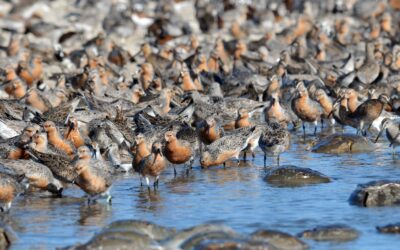Original article found at: IPS News Agency
ROME, Apr 8 2015 (IPS) – Development aid flows were stable in 2014, after hitting an all-time high in 2013, but aid to the poorest countries continued to fall, according to new figures released on Apr. 8 by the OECD Development Assistance Committee (DAC).
Net official development assistance (ODA) from DAC members totalled 135.2 billion dollars, level with a record 135.1 billion dollars in 2013, though marking a 0.5 percent decline in real terms. Net ODA as a share of gross national income (GNI) was 0.29 percent, also on a par with 2013.
However, bilateral aid – which equates to roughly two-thirds of total ODA – to the least developed countries fell by 16 percent in real terms to 25 billion dollars, according to provisional DAC data.
The Development Assistance Committee (DAC) is made up mainly of European countries plus the European Union as a member in its own right, United States, Canada, Australia, New Zealand, Japan and South Korea.
Five of the DAC’s 28 member countries – Denmark, Luxembourg, Norway, Sweden and the United Kingdom – continued to exceed the United Nations target of keeping ODA at 0.7 percent of GNI, while 13 countries reported a rise in net ODA, with the biggest increases in Finland, Germany, Sweden and Switzerland.
On the other hand, 15 DAC members reported lower ODA, with the biggest declines in Australia, Canada, France, Japan, Poland, Portugal and Spain.
“ODA remains crucial for the poorest countries and we must reverse the trend of declining aid to the least developed countries. OECD ministers recently committed to provide more development assistance to the countries most in need. Now we must make sure we deliver on that commitment,” said DAC Chair Erik Solheim.
Reacting to the latest DAC figures for Europe, Oxfam said that “the leadership of a handful of countries is masking the failure of the majority of European governments to deliver on their overseas aid promises”, with aid stagnating, leaving millions of poor people at risk
“In times of ballooning challenges for the world’s poorest, it is striking that European overseas aid has stagnated”, said Hilary Jeune, Oxfam’s EU Policy Advisor.
“This picture would be worse if it were not for the leadership of a handful of countries such as the United Kingdom, Sweden, Luxembourg and Denmark, masking the poor performance of the majority. Wealthy countries, such as France and Austria, have failed to uphold their commitments to the world’s most vulnerable people.”
France has cut its aid budget for the fourth year in a row and Spain’s overseas aid spending is at its lowest level since 1989, said Oxfam. Germany and Finland have made some progress but they are still off track on reaching their commitments, while the Netherlands is no longer contributing 0.7 percent of its GNI.
“European governments first promised to deliver 0.7 percent of their national income to support poor countries when Richard Nixon was President of America and the Beatles were topping the charts,” added Jeune.
“In the 45 years since, only a handful of European Union countries have delivered on this promise. Yet with some one billion people still living in poverty and climate change posing huge new development challenges, the need for overseas aid is greater than ever before.”
Oxfam called on the global community to agree ambitious new development goals and a new deal for tackling climate change this year, including at the third International Conference on Financing for Development in Addis Abeba, Ethiopia, in July.
“In Addis, EU Finance Ministers should demonstrate genuine leadership by being the first ones to re-commit to providing 0.7 percent of national income as overseas aid and outline how they will deliver on this promise, including setting a clear timetable.”
Oxfam said that they must also “put new money on the table from their budgets and from new sources like financial transaction taxes and the EU’s Emissions Trading Scheme to help poor countries cope with the devastating impacts of climate change.”
Edited by Phil Harris
Original article found at: IPS News Agency




0 Comments